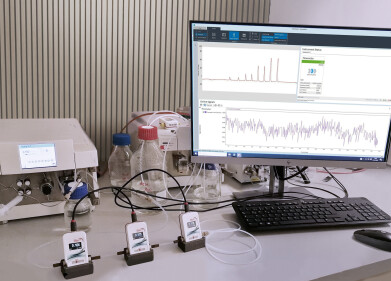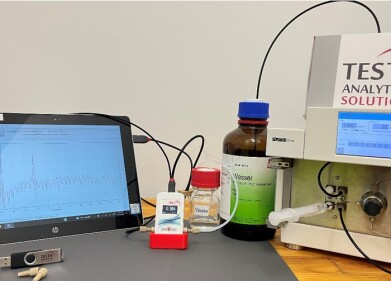HPLC, UHPLC
Formaldehyde in Smoked Meat - Chromatography Investigates
Aug 04 2018
Nothing suggests summer is here better than a nice barbeque on a summer’s evening. But smoked foods could possibly be damaging to our health. Some reports have suggested that formaldehyde, polycyclic aromatic hydrocarbons (PAHs) and heterocyclic amines (HCAs) are formed when meats are cooked using high heat and an open flame.
A recent paper published in the International Journal of Food Properties - Validation of UPLC method on the determination of formaldehyde in smoked meat products - reports on work carried out to develop a simple chromatographic method to analyse formaldehyde in smoked meat. Developing new high performance liquid chromatography methods is discussed in the article, The Evolution of Ultra High-Performance Liquid Chromatography: Expanding the Future of Separation Technologies.
Cooking toxins?
Formaldehyde is a fairly common material in the environment - from both natural and man-made sources. Living organisms produce formaldehyde as a product of metabolism. The major source of formaldehyde in the environment comes from combustion – from engines, waste incineration, power stations and wood burning. And cooking is one source of formaldehyde in smoked meats — from the smoke formed when wood burns. PAHs and HCAs can form when meats are cooked, due to reactions as amino acids, sugars and other substances react at high temperatures.
Animal models suggest that PAHs, HCAs and formaldehyde could be carcinogenic – that is, cause cancer. There are some studies that show links between formaldehyde and cancer in humans. Although most of these studies are looking for occupational links between formaldehyde and cancer. But with the links between cancer and formaldehyde, it is important that we know what is in the food we eat. That is why the referenced study is important.
Detecting formaldehyde in smoked meat
The team report that current methods described in the literature were not capable of detecting deposited formaldehyde in smoked meat. So, they set out to develop an accurate, sensitive and selective ultra high-performance liquid chromatography method for the analysis of formaldehyde in smoked meat.
The team report that the method they developed had a detection limit as low as 0.25 µg/g and a recovery of standard addition of between 86-93%. The method is reported to be fit for purpose and is suitable as a reference method for the detection of formaldehyde in smoked food.
But perhaps the car industry can help people to safely barbeque their meat. Some researchers from the car industry have reduced the carcinogens in wood smoke by running the smoke through a filter to remove the harmful chemicals. The results were a reduction in the nasties and an even better smoke flavour.
Events
Jan 20 2025 Amsterdam, Netherlands
Feb 03 2025 Dubai, UAE
Feb 05 2025 Guangzhou, China
Mar 01 2025 Boston, MA, USA
Mar 04 2025 Berlin, Germany














